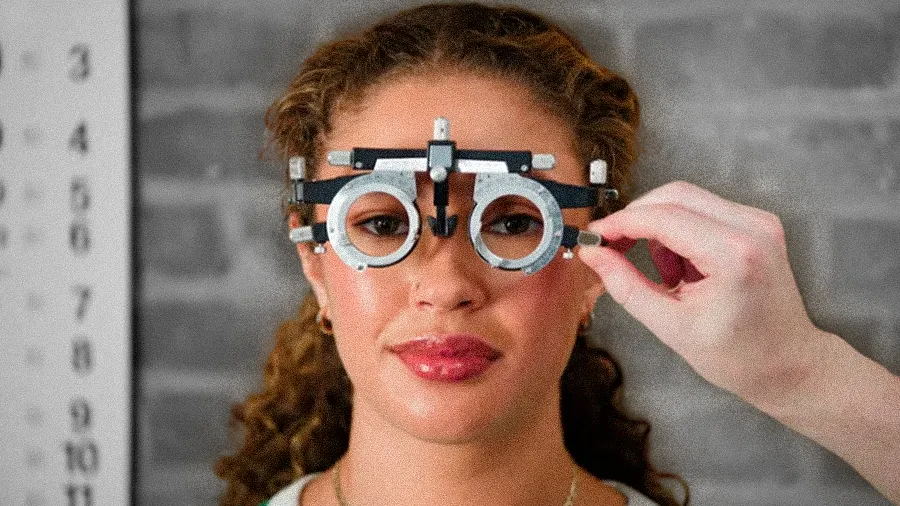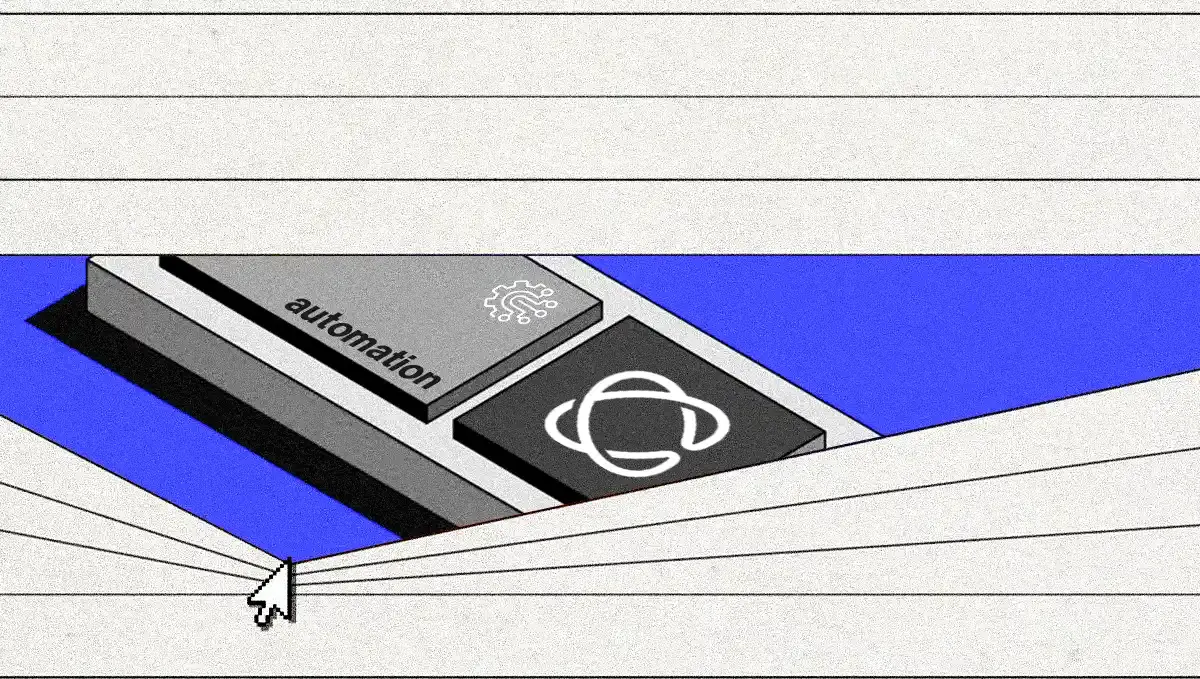
All articles
'Solving for Z': The New Framework for Proactive, Empathetic AI in Patient Care
Brindha Sridhar, VP of Customer Experience Strategy at MetroPlusHealth, explains why the future of healthcare AI is about empathy, not efficiency.

Key Points
Brindha Sridhar, VP of Customer Experience Strategy at MetroPlusHealth, champions "Solving for Z," advocating for healthcare AI that proactively anticipates patient needs beyond simple requests.
Her strategy de-risks AI adoption through small, high-impact pilots, proving ROI and fostering collaboration to break down organizational silos.
Ultimately, successful AI implementation requires resilient teams and leaders who embrace a "fail fast" culture, aligning systems and people to serve the patient with empathy.
We're at a turning point in the payer-provider space where success is not just about speed and efficiency. It’s about humanizing the experience beyond a simple transactional response that only gives a member exactly what they asked for. The heart of the problem you're trying to solve might be Z. How do we get the member to those next steps by connecting the dots they might not even be aware they need to connect?
Efficiency has been the relentless drumbeat of American healthcare for decades. Caregivers face immense pressure to see more patients, increase billable hours, and streamline operations while maintaining high customer satisfaction. As AI emerged, it seemed like yet another powerful tool to drive that efficiency. However, in its next phase, many forward-thinking healthcare leaders are recognizing a profound shift. AI's true potential lies not just in optimizing existing processes, but in its ability to build trust with patients, anticipate their needs, and forge a proactive, preventative healthcare system.
Brindha Sridhar, Vice President of Customer Experience Strategy at MetroPlusHealth, is one of those forward-thinking leaders. Serving over 700,000 members in New York City, Sridhar has successfully instituted a real time Net Promoter Score and Member sentiment tracking and grown loyalty by over 15% in the past year. Her diverse background in research, marketing, and business development gives her practical knowledge on how to bridge the gap between technological promise and human-centric reality.
Shifting from a transactional to a relational model is at the core of her philosophy. It requires moving beyond simple automation to create proactive systems that serve as a guide and partner. If a patient is newly diagnosed with diabetes, for example, the system should proactively lay out their next steps, guiding them before they even know which questions to ask. A proactive approach like this minimizes the friction common in less empathetic systems, like a chatbot stuck in a repetitive loop that fails to grasp a user's actual needs.
Solving for Z: Her system is built on a sense of responsibility, designed to make sure that technology serves a human-centric purpose by identifying problems that people can solve with empathy. "We're at a turning point in the payer-provider space where success is not just about speed and efficiency. It’s about humanizing the experience beyond a simple transactional response that only gives a member exactly what they asked for. The heart of the problem you're trying to solve might be Z. How do we get the member to those next steps by connecting the dots they might not even be aware they need to connect?"
Breaking the silos: It's in these moments that the human-in-the-loop model becomes essential, letting an employee step in to provide the reasoning and empathy the machine lacks. "Breaking the silos requires a concerted payer-provider partnership built on trust, where a patient feels secure sharing data because they know it will lead to better care. You build that trust by showing you are there to help iron out their process, using their data to create a better experience for them. AI is well-positioned to bridge these gaps, and it's a golden opportunity for the organization that gets it right."
However, visionary goals often collide with business reality, as many leaders are averse to the messy risks inherent in deploying new technologies. Sridhar’s solution is a pragmatic strategy that de-risks innovation by focusing on tightly controlled projects. By honing in on low-risk, high-impact pilots in controlled use cases, organizations can facilitate collaboration between otherwise disconnected departments, resulting in a 5-10% reduction in net healthcare costs, according to some reports.
Define and de-risk: "The best leaders I've worked with always say start small. Solutions are only as good as how clearly the problem is defined. So, start small; identify one or two critical, end-to-end case studies where you see problems in the customer's journey and things you have in your control." Sridhar is following her own advice, piloting a tech and concierge service for new members that uses AI to predict and alleviate common pain points, like getting an ID card or setting up their first primary care visit. "When building a pilot, you need to ensure there is a clear ROI component at the end. You must demonstrate how the pilot resolves member issues more efficiently and effectively, which in turn saves employee time and boosts satisfaction. That is how you will see your Net Promoter Scores go up."
But she knows that even a well-designed strategy can fall short if the organizational foundation isn't ready. Successful adoption requires alignment between leadership, people, and systems, built on a corporate culture of experimentation and learning.
Failure as a feature: According to Sridhar, it starts at the top, but it requires a new mindset that extends beyond simply acquiring new skills. "If your executive team isn't behind a 'fail fast' approach, nobody will be interested in failing. They will only try to make the pilot look successful," she warns. "That mindset won't work unless leadership is willing to treat a failed pilot as a learning experience and a necessary sunk cost."
The real upgrade: Beyond technical proficiency, Sridhar explains the real upgrade for teams lies in cultivating resilience. "In addition to AI skills, the focus must be on resilience," she says. "You have to build resilience in your teams, stand behind them, and show them that agility is the name of the game. They can't role model something they don't see." This human adaptability, she continues, must then be mirrored in the underlying infrastructure. "Your systems have to go alongside your culture: equally as agile, interconnected, and willing to share data across your enterprise."
Ultimately, the push for a more human-centric AI is a key strategic decision. As organizations bring their AI deployments closer to completion through pilots, they have an opportunity to lead a transformation instead of merely keeping pace with the changing landscape. Sridhar's final point connects this entire strategy back to a fundamental business reality. "If you don't do it and you don't do it well, people will talk with their feet and move somewhere else. If you're not pushing the boundaries every day with empathy and trust, you risk losing them."







